
2020 Veggie Gardens! 326 by Saregama Food Gardening, Foraging Hungry Onion
Magnesium deficiency is first seen on tomato plants as interveinal chlorosis - yellowing of leaf tissue between the veins of older leaves. Eventually the leaves become mostly yellow and purplish-red spots that become necrotic on the interveinal tissue may occur. See photos taken in the field on June 7, 2023.

Tomato Magnesium Deficiency
Magnesium is the most common deficiency in high tunnels especially on tomatoes. Deficiency symptoms normally appear mid-season on plants with heavy fruit load. Magnesium deficiency is common in sandy soils that are easily leached. Excessive levels of potassium can also induce magnesium deficiency, and fertigation with high rates of ammonium.
Plant Doctor / Tomato
Abstract. The productivity of agricultural produce is fairly dependent on the availability of nutrients and efficient use. Magnesium (Mg 2+) is an essential macronutrient of living cells and is the second most prevalent free divalent cation in plants. Mg 2+ plays a role in several physiological processes that support plant growth and development.
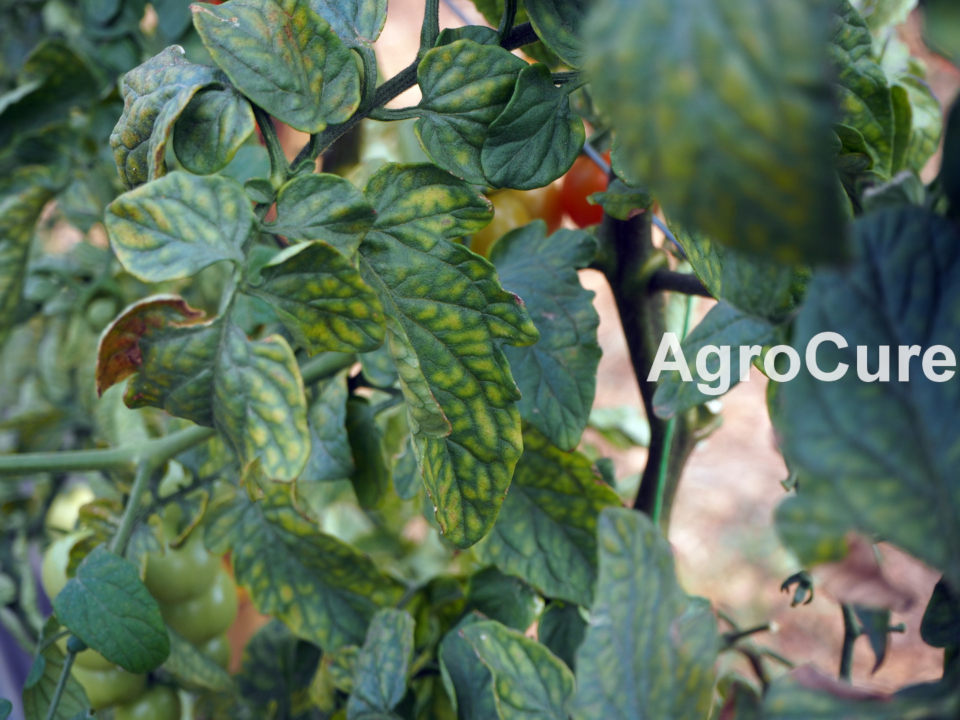
Magnesium deficiency on tomato AgroCure
Magnesium (Mg) plays an important role in numerous physiological and biochemical processes in plants. However, Mg deficiency is common worldwide, especially in greenhouse vegetable systems, due to the overuse or misuse of fertilizers. This study investigated the effects of different Mg application strategies in alleviating Mg deficiency of tomatoes in PE-film covered greenhouse. Six field.

Tomato Nutrient Deficiencies Haifa Group Fertilizer for plants, Growing tomato plants, Veg
One of the best ways to fix magnesium deficiency is to use Epsom salt. Epsom salt is a rich source of magnesium, and it can be easily applied to the soil around your tomato plants. Simply mix 1 tablespoon of Epsom salt with 1 gallon of water, and then water your plants with this solution once a week.
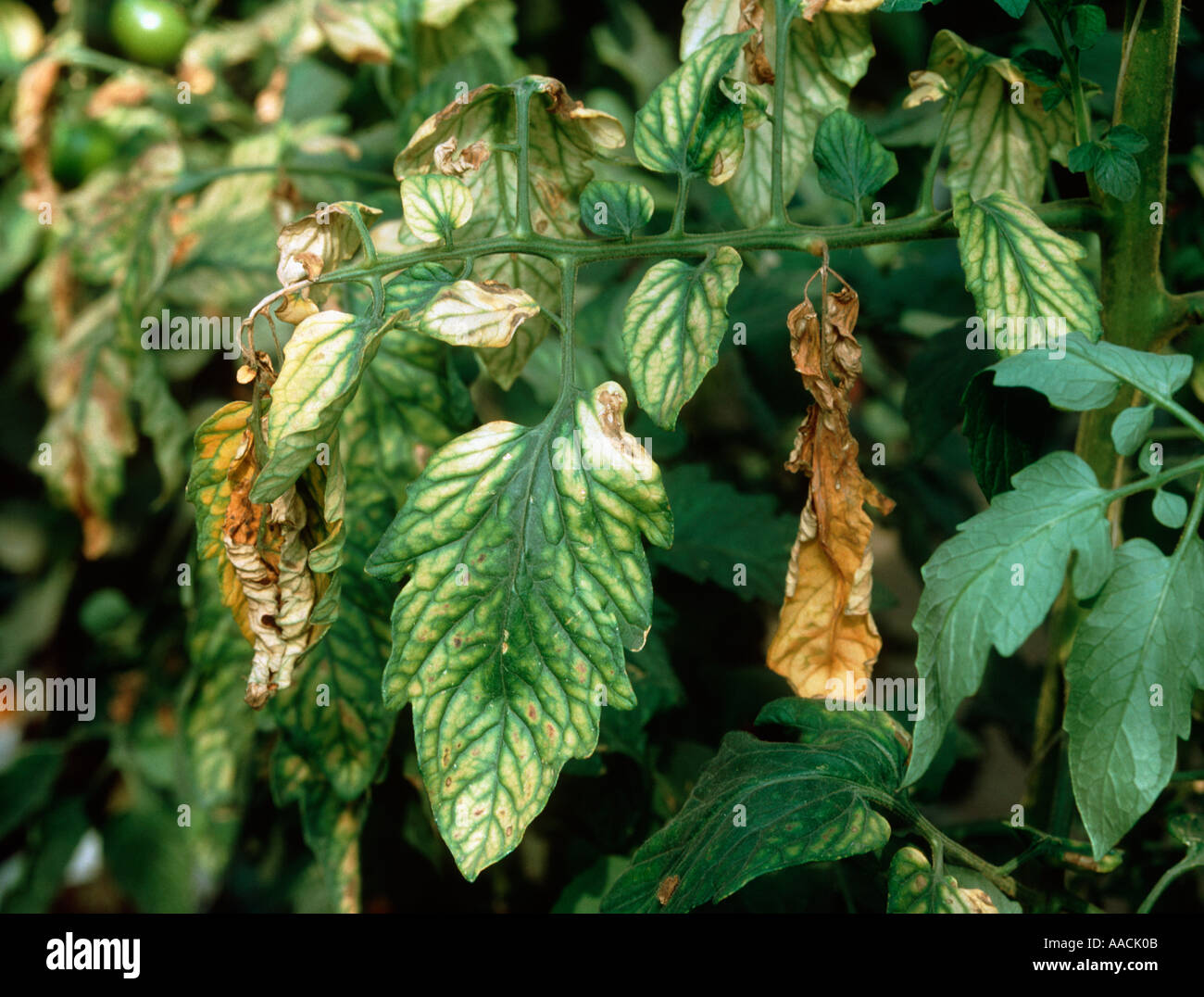
Magnesium deficiency interveinal chlorosis damage on mature tomato Stock Photo 4109066 Alamy
Magnesium deficiency is first seen on tomato plants as interveinal chlorosis - yellowing of leaf tissue between the veins of older leaves. Eventually the leaves become mostly yellow and purplish-red spots that become necrotic on the interveinal tissue may occur. See photos taken in the field on June 7, 2023. Deficiency symptoms can be seen at.

Tomato Tomato leaf spotting caused by magnesium deficiency?
The tomatoes showed Mg deficiency, with none of the farms supplementing this element. The critical leaf Mg concentration of the tomatoes was 3.40 mg kg −1 . Using Ward's hierarchical cluster analysis, three clusters of Mg leaf content were obtained, which were 1.07-3.00 mg kg −1 (SD cluster), 2.56-5.64 mg kg −1 (MD cluster) and 5.12.

Potassium Deficiency Tomato Plants
Yes, tomatoes require magnesium for proper plant development. A magnesium deficiency in the plants will cause chlorosis (yellowing leaves) between the veins of tomato leaves. This will begin at the lowest leaves of the plant and work its way up over time.. Magnesium deficiency. The only way to know for sure that you have a magnesium.

Tomato Plant Deficiencies Tomato diseases include many problems caused by fungi and viruses.
Magnesium deficiency in Tomato crop. Magnesium is an important macronutrient for tomato plants, and a lack of magnesium can lead to many problems. Magnesium is responsible for the green color of plants, and a deficiency can cause the tomato leaves to turn yellow or brown. This can affect the plant's ability to photosynthesize and may lead to.

Magnesium deficiency... stock photo by Martin HughesJones, Image 0662958
It can happen to any plant and the cause need not be magnesium deficiency. Iron deficiency also causes yellowing leaves with deep green veins and nitrogen deficiency can cause yellowing leaves. When it happens to tomatoes, especially greenhouse or container tomatoes you can be 99.9% sure of the cause. The use of high-potash tomato fertiliser.

Magnesium deficiency on tomato AgroCure
Magnesium deficiency is quite common in both tomatoes and other crops. This problem is found especially in light, sandy and/or acidic soils due to their low water holding capacity and consequently to a deficient nutrient content. Excess potassium and/or ammonium can also induce poor magnesium uptake by the plant.
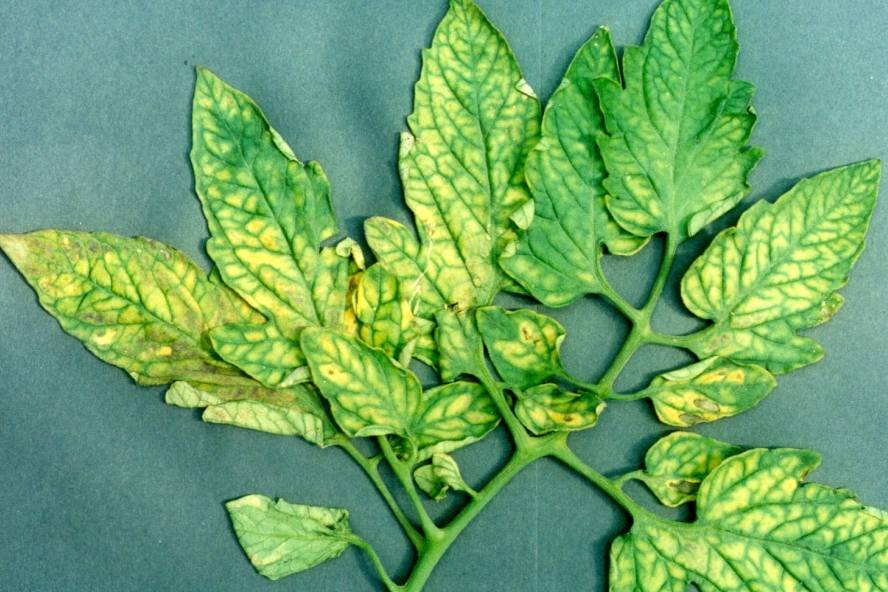
Tomatoes Magnesium Deficiency Epsom Salts Cure
The fastest way to resolve a magnesium deficiency is by using Epsom salts (also known as magnesium sulfate), which are available from pharmacies and online sources. Make up a solution of about a teaspoon of Epsom salts per litre (quarter gallon) of water in a spray bottle. Simply wet the foliage on your tomato plants every two weeks using a.

Magnesium deficiency... stock photo by Martin HughesJones, Image 0662959
YaraVita® MAGTRAC™. Tomatoes (field grown): 1-2 quarts/acre at 4 to 6 leaf stage onwards. Repeat if necessary at 10-14 day intervals. Water rate: 5 to 50 gallons/acre. Read more about YaraVita® MAGTRAC™. Symptoms of magnesium deficiency start on older leaves.

Tomato Plant Deficiencies Tomato diseases include many problems caused by fungi and viruses.
Tomatoes prefer a slightly acidic pH range of 6.2 to 6.8. Adding too much wood ash or garden lime will alter soil pH and make it too alkaline for your tomato plants. To amend alkaline soil, use aluminum sulfate or iron sulfate. Before adding amendments, test your soil's pH to verify its acidity or alkalinity.
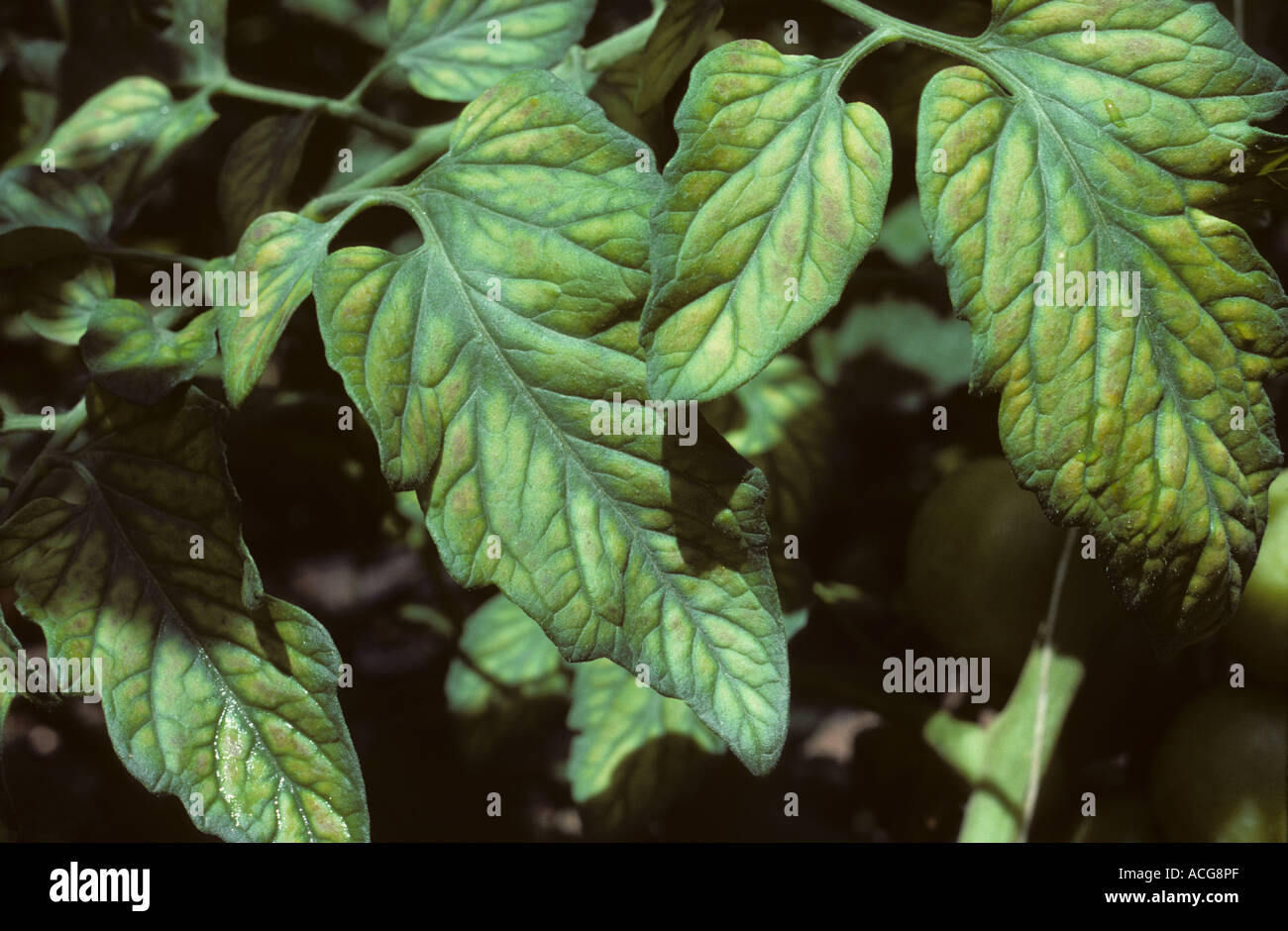
Magnesium Deficiency Tomato Leaf Fotos e Imágenes de stock Alamy
Potassium deficiency affects mostly older leaves. Low magnesium*. Low magnesium appears as interveinal yellowing (yellowing between the veins) on older leaves. If you suspect magnesium deficiency, spray 2 tablespoons per gallon of magnesium sulfate (Epsom salt) on the plants. See if they "green up" in a few days. Diseases.
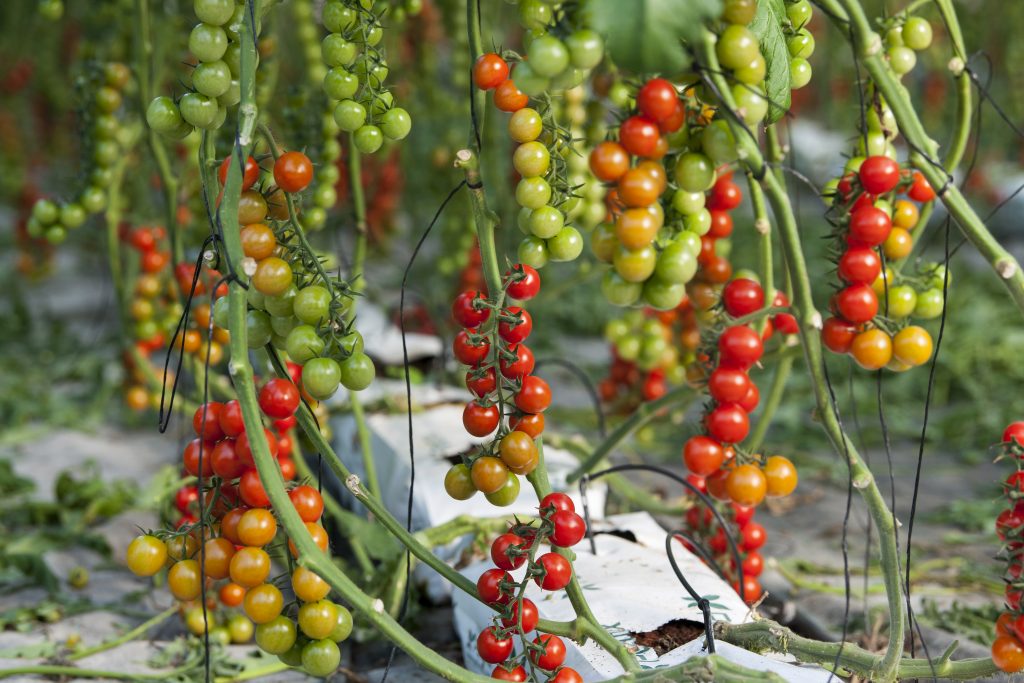
Magnesium deficiency in greenhouse tomatoes GAT Fertilíquidos
Tomato - Chlorosis. Symptoms of magnesium deficiency start on older leaves. They show interveinal chlorosis on the leaf margins and some whitish to light brown necrotic dots. If deficiency is severe, interveinal chlorosis progresses from the margins to the middle of the leaflets. The small veins also become chlorotic, but the bigger veins.